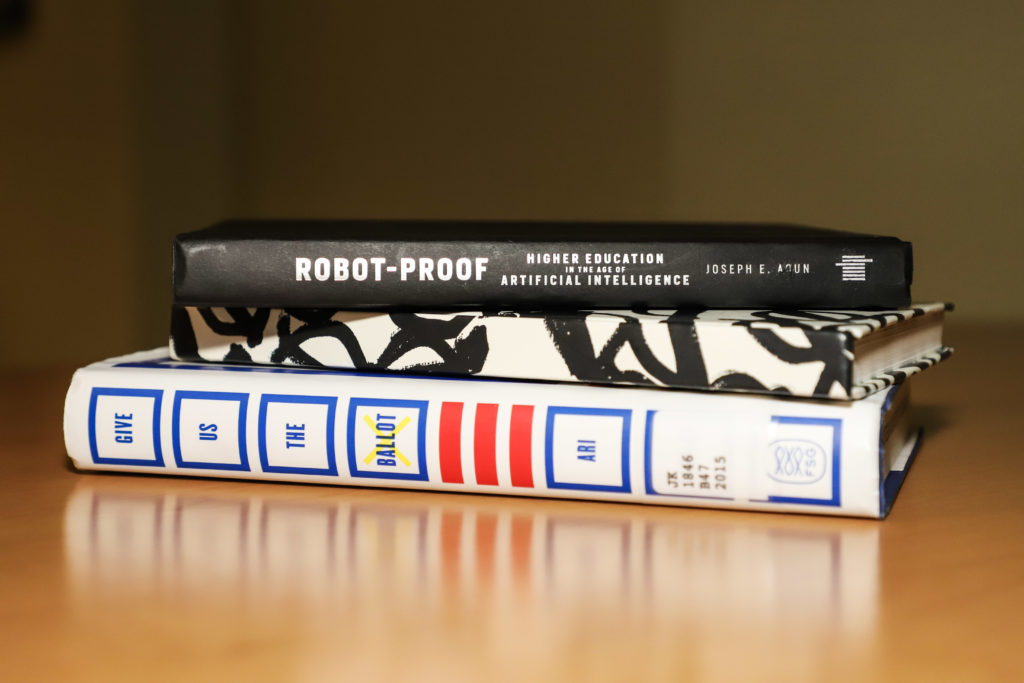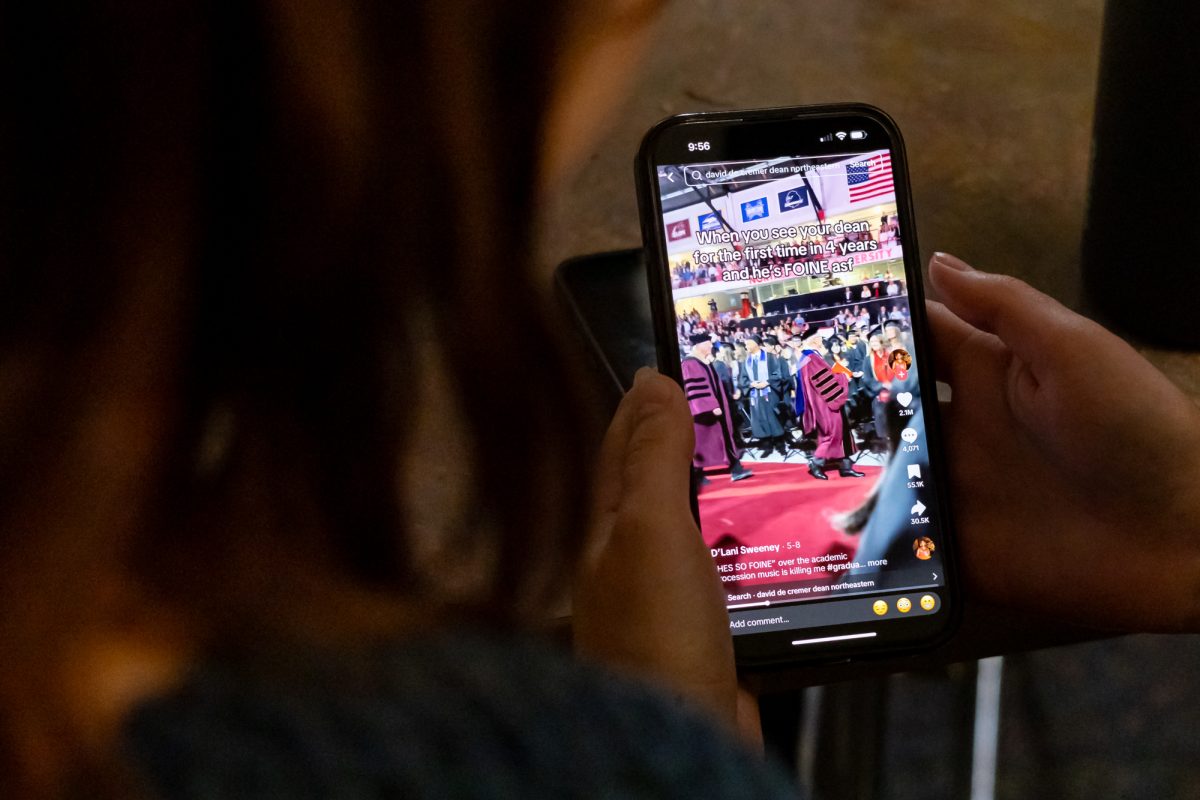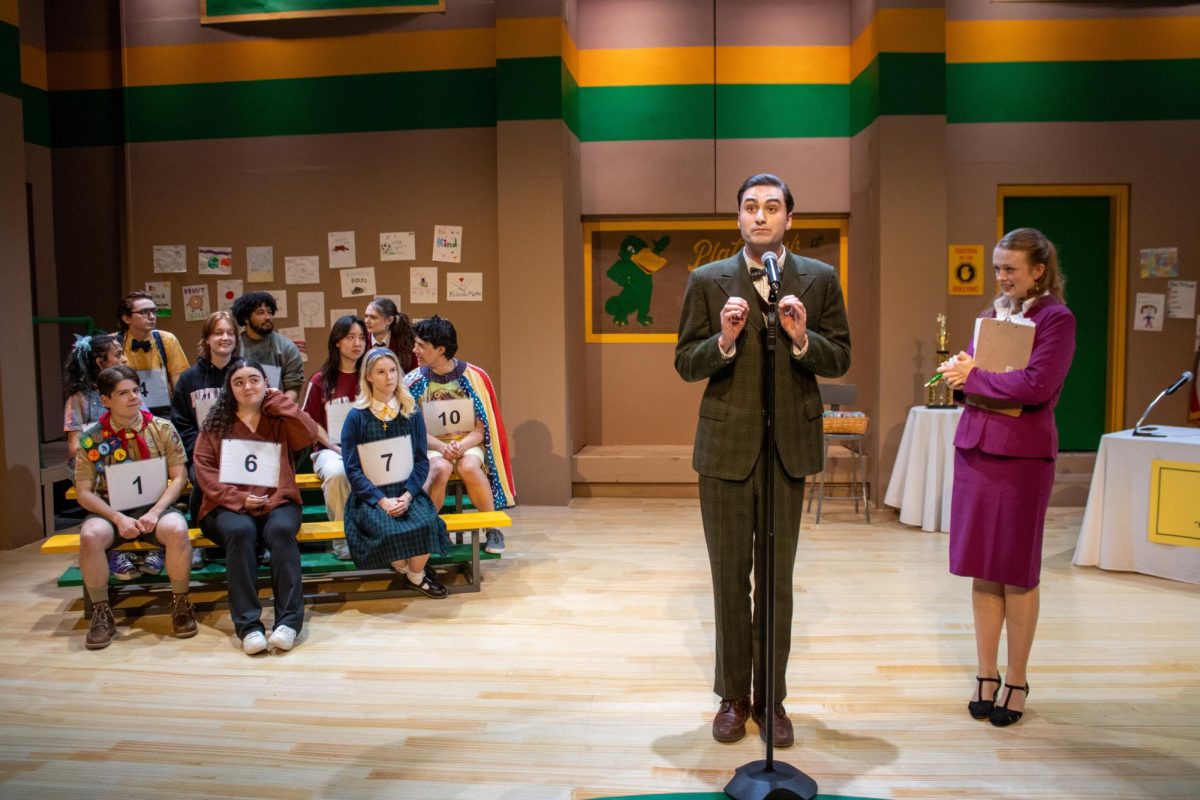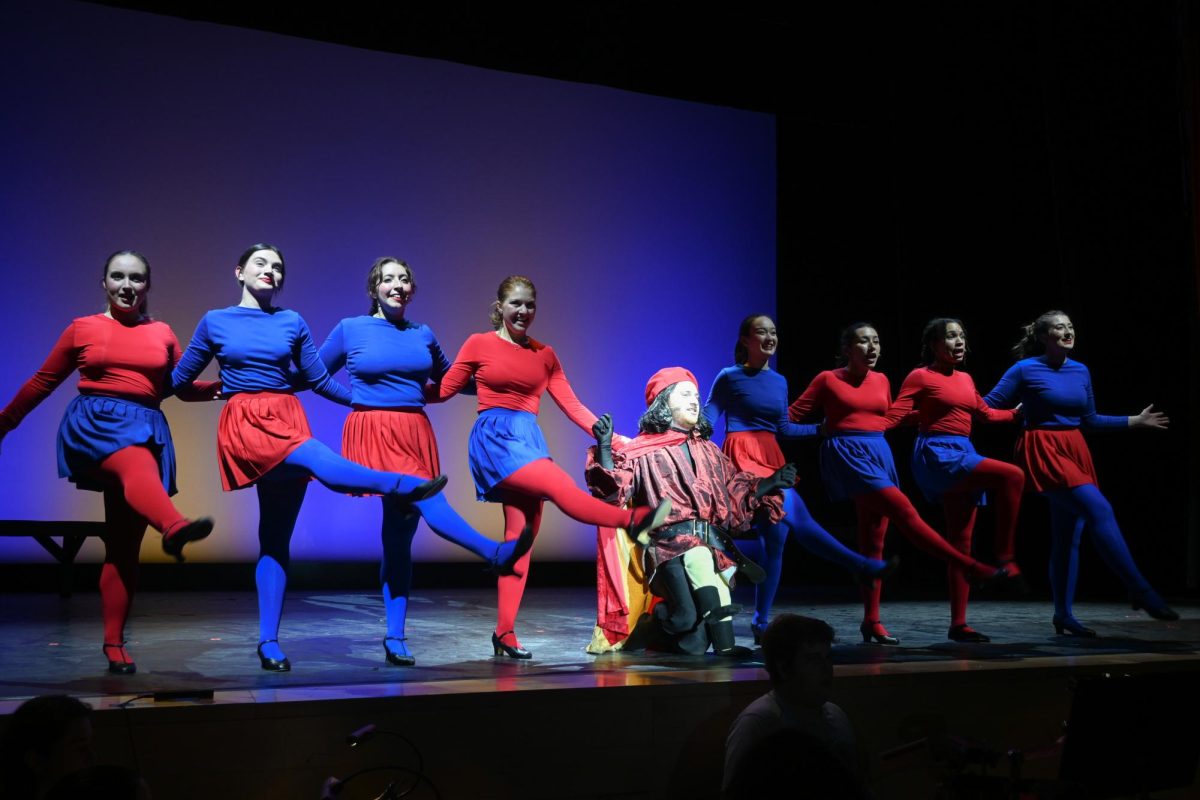By Glenn Billman, Deputy Campus Editor
Joseph E. Aoun: A man who has said his fourth language is rap and also has been honored by the French government for his contributions to academia. So what does a book penned by Northeastern’s president look like? How many times does he say “experiential learning?” As it turns out, it’s a surprisingly good read with only 28 mentions over 149 pages.
“Robot-Proof: Higher Education in the Age of Artificial Intelligence” starts with a dire premise: The machines are better than us at just about everything. From playing “Jeopardy!” to conducting financial analysis, robots have surpassed humans’ cognitive capabilities almost across the board.
Anyone familiar with Northeastern, or who has heard Aoun speak in the past several years, can guess his solution to this shake-up. Aoun advocates for, drumroll please, experiential and lifelong learning. But while his remarks at convocations and the State of the University on this subject come off as trite, his written defense of Northeastern’s academic model is a comprehensive examination of the ways the job market is changing and how workers must change with it. While the general concept of experiential, lifelong learning may seem overdone to a Northeastern student, his emphasis on humanics and multi-universities is thoughtful and well-done.
Basically, Aoun writes that universities need to teach students humanics— literacy in technology, data and humans — to make them adept, adaptable and yes, robot-proof. While computers may be able to replace a laborer on a machine line and efficiently read and summarize complicated legal documents, Aoun argues no robot can understand the human experience. While they often exceed the human ability to accurately answer a question, they are unable to distinguish diverse connections between fields, to generate adequate context, to understand cultural norms and to produce creative content from a blank state. By emphasizing humanics, human workers can fill this niche robots are incapable or dominating.
The idea of multi-university networks is another big-ticket item in “Robot-Proof.” It boils down to the idea that a lifelong learner can pivot in their career with the help of brief, customized and personalized courses and co-ops in a number of different fields and locations within the same university. Each location challenges the learner’s mind to learn different cultural practices and can give insight into different, localized industries such as technology.
For the first three-fifths, “Robot-Proof” can read like a horror story for anyone majoring in the liberal arts. Leaders from companies across the board emphasized how many hundreds or thousands of jobs they were creating for engineering and computer science professionals, while Aoun emphasized how even those with some of the highest levels of education in the humanities, such as a law degree, were being replaced by more efficient computer programs.
In the fourth of five chapters, Aoun attempted to remedy this by stating liberal arts are just as important and difficult as “harder” sciences. However, because most of the book is dedicated to the importance of data and technological literacy, it’s a hard sell. The conclusion seemed to be: Liberal arts as a silo will no longer exist. Aoun contends the three pillars of humanics are especially important to students in the liberal arts in order to become “robot-proof.”
One of the pitfalls of the book and his argument was that it could verge on being redundant. Part of Aoun’s plan for creating robot-proof students is to have teachers include explicit cognitive goals in their syllabi and reiterate learning outcomes in each lesson and presentation. This structure is reminiscent of high school state standards, and it seems like a meddlesome, unnecessary and ultimately unhelpful expenditure of energy.
What is most striking about this book was not the importance of using higher education to best the up-and-coming robots seeking to redefine the workplace. It was that as an administrator and a leader of Northeastern, Aoun undersells and misrepresents himself every step of the way. He’s notably elusive to the students he serves, and when he did appear this past year, it seemed like a marketing ploy for his book and himself. In making his thesis concise and palatable during speeches, he’s also made himself into a meme.
This book thoughtfully and convincingly presented his ideas and highlighted his good intentions. It’s a shame his outreach to students comes off as a marketing tool or a joke. The even bigger shame is that while his book reads like a love letter to higher education, learning and, in many ways, Northeastern, the average education given here doesn’t come close to measuring up to his lofty goals.
In “Robot-Proof,” he cites a 2011 study that found more than 45 percent of undergraduates had virtually nonexistent improvements in critical thinking, reasoning and written communication after two years; after graduation, 36 percent still have no improvement at all. As I continue with my second year at Northeastern, I can’t help but wonder if this statistic includes me too. Has Northeastern made me literate in data, technology or humans? By the time I graduate, will I be an irreplaceable member of the workforce?
While I don’t doubt Aoun’s blueprint for higher education in the modern world, I doubt his execution at Northeastern. I doubt his ability to transform his incredible education, expertise and ideas into effective action. “Robot-Proof” has given me an appreciated insight into what “experiential learning” means when it’s not a punchline, but it has also shown me how far Northeastern has to go to actualize Aoun’s dream of creating robot-proof students.















